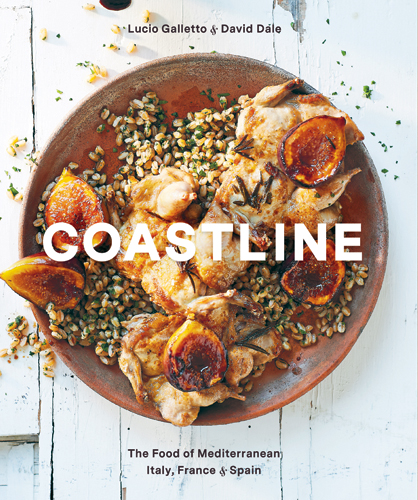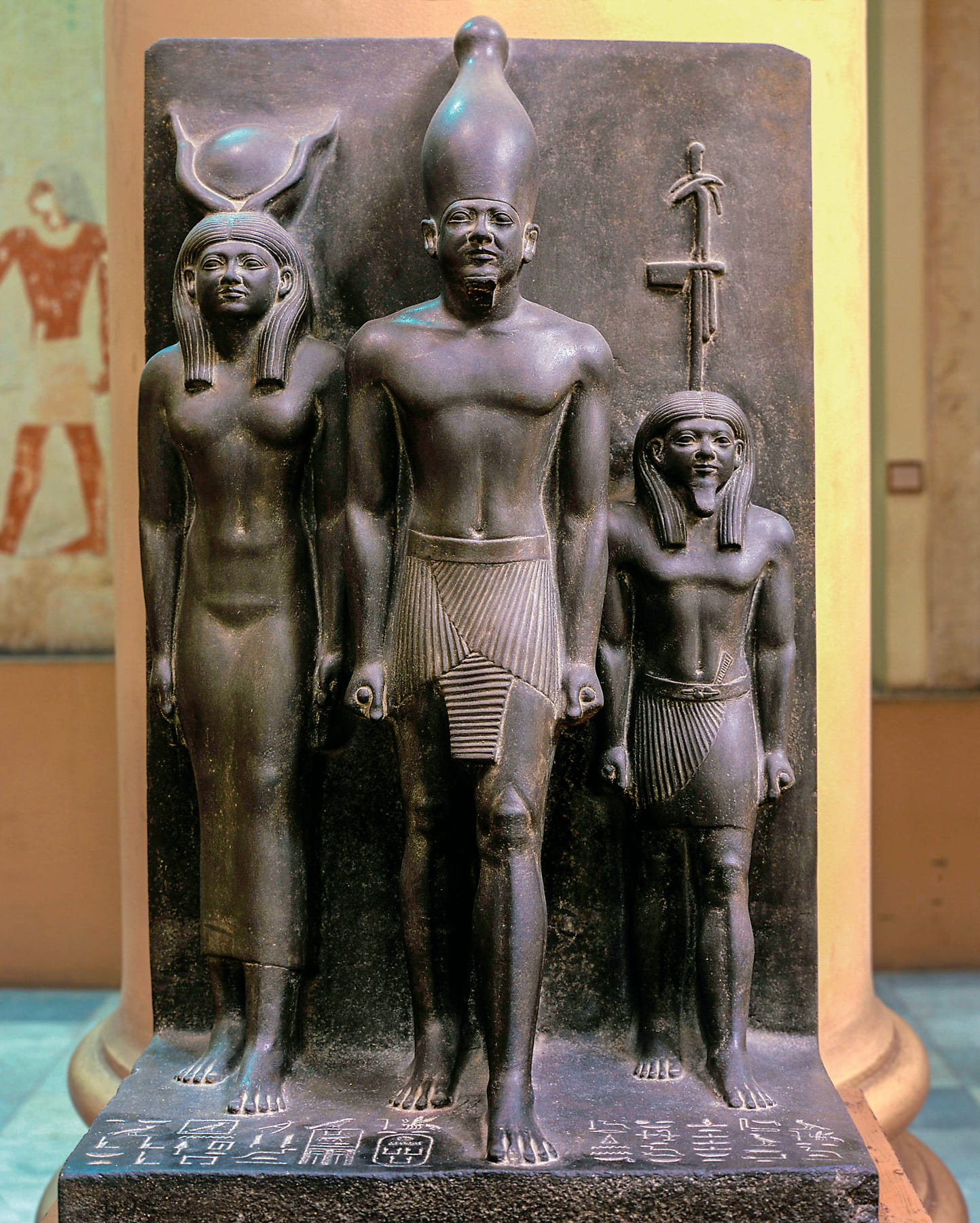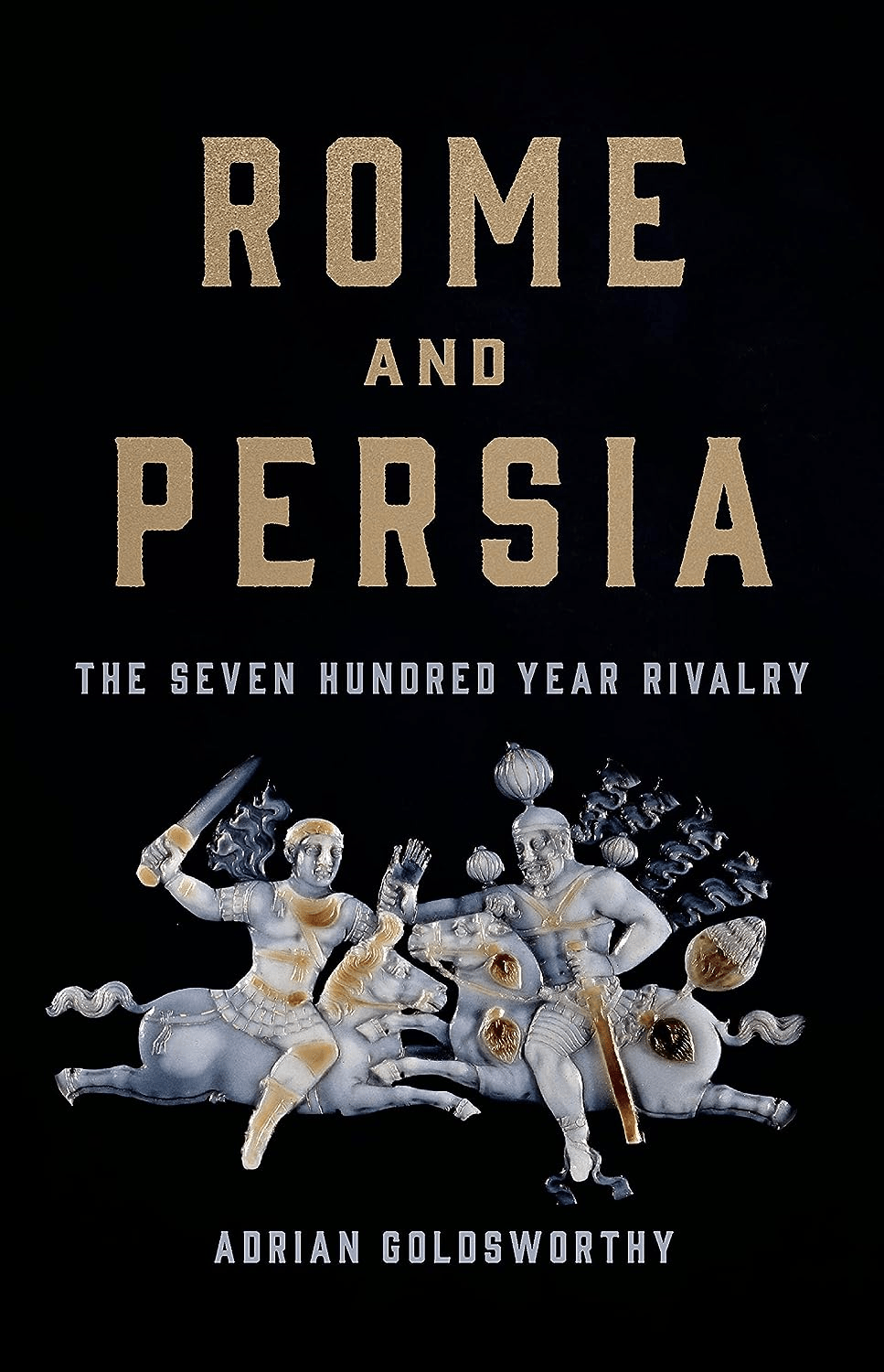
Coastline: The Food of Mediterranean Italy, France, & Spain
Tom Verde
Lucio Galletto and David Dale
2017, Interlink Books, 978-1-56656-026-9, $35 hb.
Arab merchants had as much to do with establishing what we now call “the Mediterranean diet” as did the Greeks, the Romans and even the Vikings, the authors of this colorful volume say. While often considered, historically, a “Roman lake,” the Mediterranean might be better described as a superhighway—of trade. For trade introduced eggplants, artichokes, almonds, lemons and even pasta, or inspired their widespread use, in the northwestern Mediterranean region. At one end were their sources—India, the Middle East and Central Asia—and in between were Arab traders. By introducing rice to Andalusia, Arabs laid “the groundwork for paella.” Sugar, “the Arab sweetening,” offered a more affordable alternative to pricey honey. Recipes reflecting these influences are featured throughout this elegant title, such as le riz aux cerises (cherry and almond rice pudding); paella Valencia, a saffron-infused blend of chicken, rabbit and snails; and even biscotti, an Italian favorite, studded with Arab staples: fig, almond and orange.
You may also be interested in...

The Legacy of Egyptologist George Reisner—Our Book Review
When George Reisner died in 1942, he did so surrounded by ghosts—not just the pharaohs he’d unearthed but the stacks of unpublished notes that entombed his legacy.
In War and Peace, Book Explores How Rome and Persia Remained Frenemies
Book Review: In his latest scholarly work, Roman historian Adrian Goldsworthy reduces Persian and Roman longevity to simply an ever-evolving coexistence.